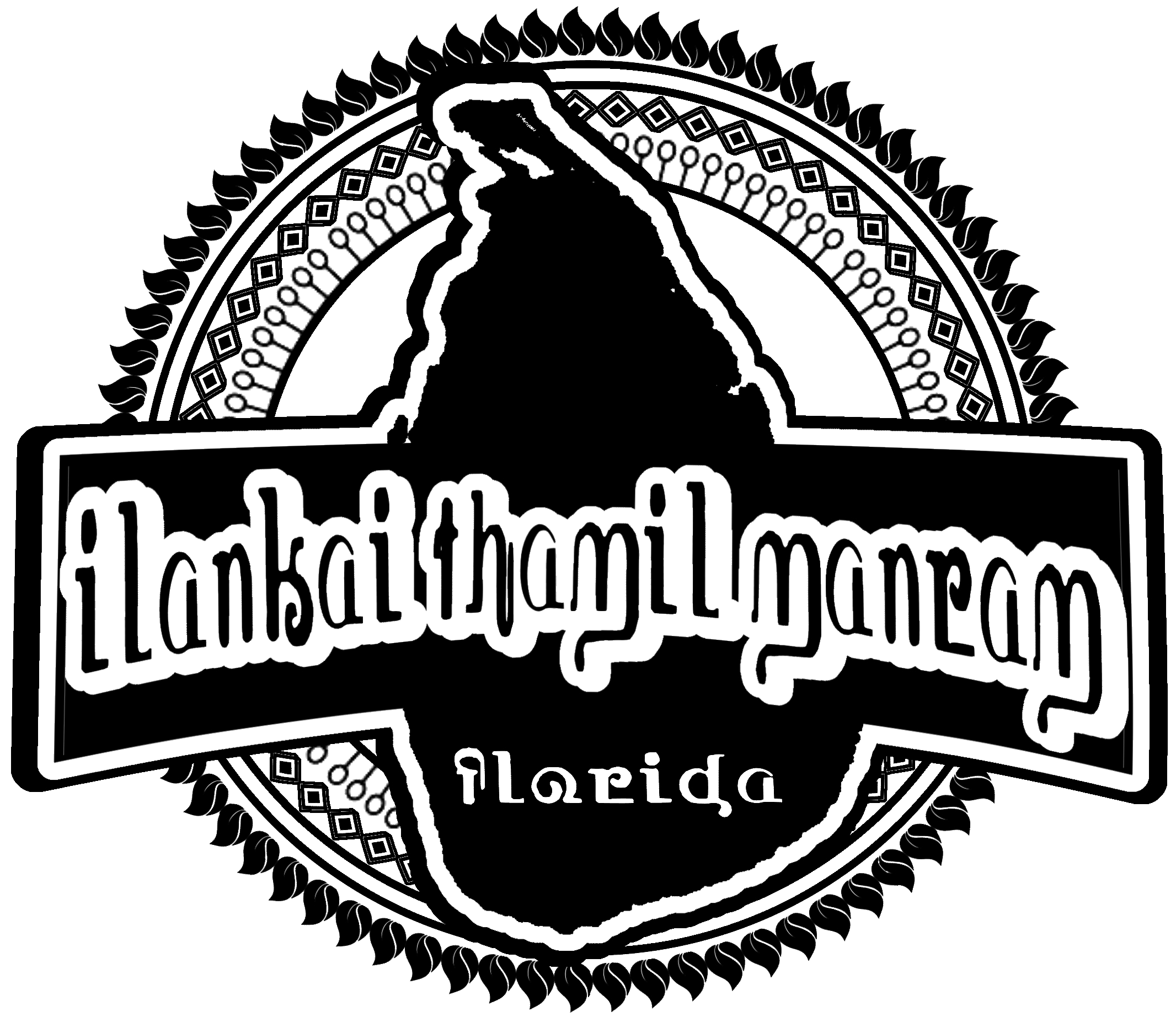
March 14 is the day on which is celebrated all things π (pi), which represents the ratio between the circumference and diameter of a circle, as well as its delicious circular homonym, pie.
The mathematical constant that is the ratio between the circumference and diameter of a circle has been utilized as early as the ancient Egyptians and Babylonians. It has been approximated by mathematicians for millennia, but ratio itself was only given a name in 1706, when Welsh mathematician William Jones began using the Greek symbol π (pi) to represent the ratio. Since π is an irrational number, its decimal representation never ends, so it can only be approximated, such as by use of the fraction 22/7.
While computers have allowed approximation of π up to trillions of digits, it is most commonly approximated by its first three digits: 3.14, hence leading to the date of March 14 being celebrated as National Pi Day. In 1988, the first known official celebration of Pi Day was held by Larry Shaw at the San Francisco Exploratorium. In 2009, the U.S. House of Representatives passed a non-binding resolution recognizing March 14 of that year as National Pi Day.
Pie, too, has a fairly long history, reaching back possibly as far as the ancient Egyptians as well. However, it is the ancient Greeks who are believed to have invented pie pastry as we know it today. A pie is usually defined as a dish that is lined with pastry crust and contains filling, and often can also have a pastry crust atop the filling. There is no clear origin for the word “pie,” but its use is first recorded in England in 1303. The fillings can vary, from sweet custards to savory meats. As a nod to the symbol π, it has become a fun tradition to consume all sorts of pies on National Pi Day, ranging from dessert pies to even pizza pie.
There is no direct equivalent to the western pie in South Asian cuisine. The closest approximations may be the savory pastries known as samosas or patties. However, the crust in these hand-wrapped pies normally has less butter than pie crust, and the short-eats are usually fried, rather than baking like most pies. One Sri Lankan dish that may be considered similar to pie filling is watalappam. While it is a custard that could probably be incorporated into a pie, as it has no pie crust, it is technically not a pie dish.

Interesting connection between samosas and pie! The watalappam sounds delicious. Are there different flavors?